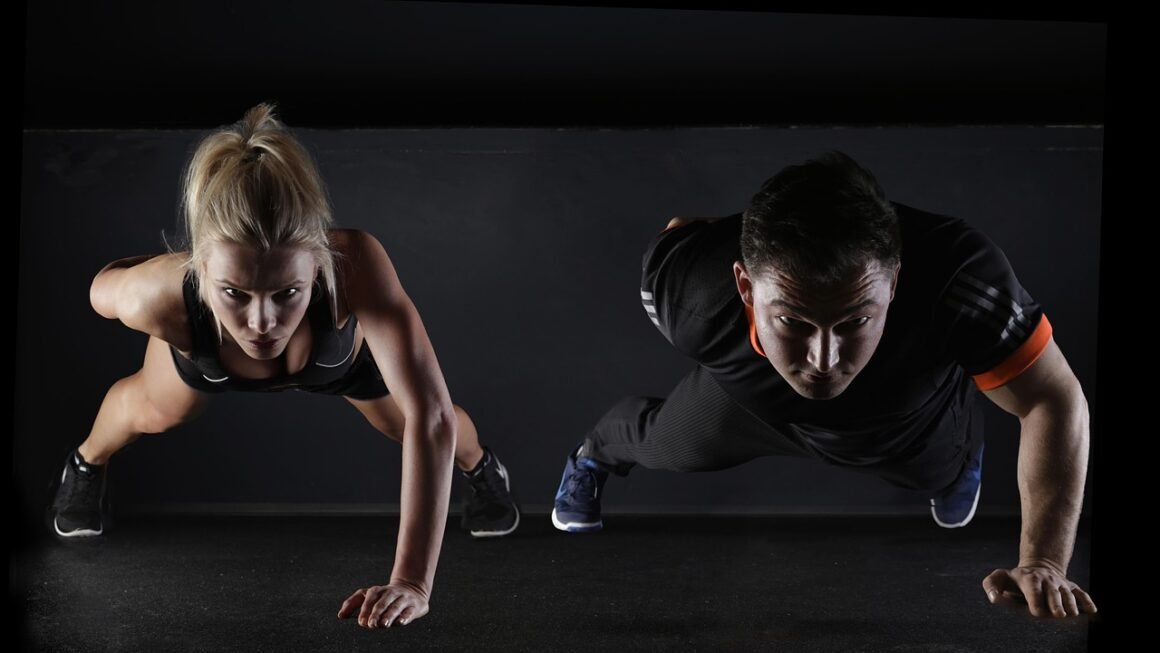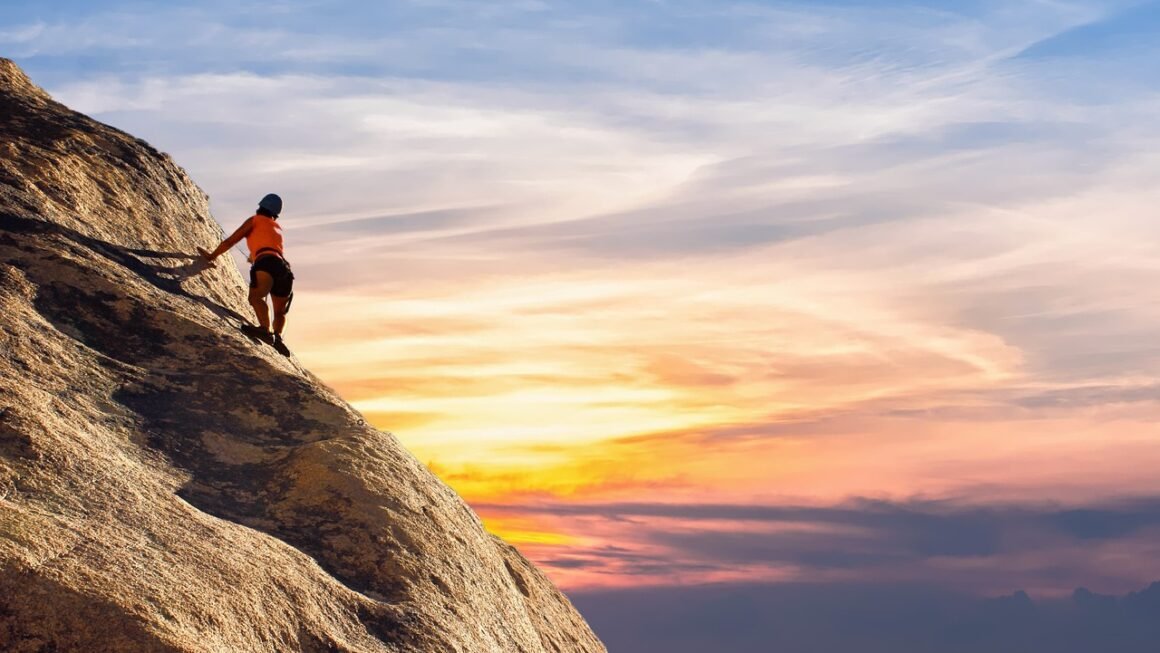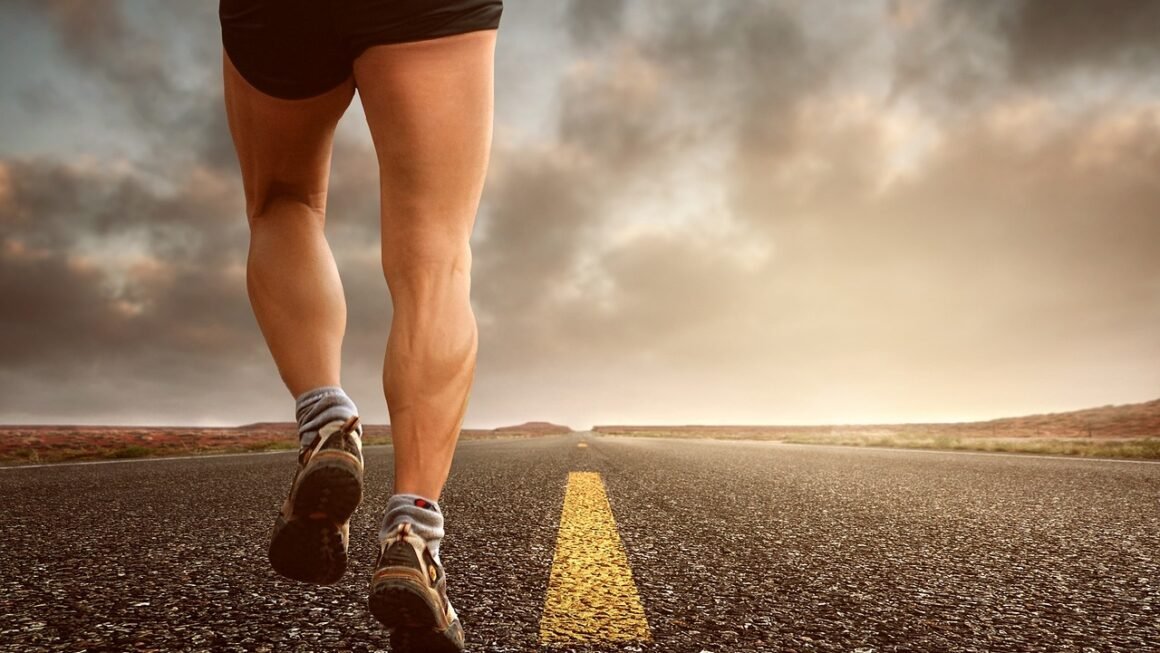Cycling: A Comprehensive Guide to Getting Started, Staying Safe, and Enjoying the Ride
Cycling, more than just a hobby, is a gateway to improved health, environmental consciousness, and boundless exploration. Whether you’re looking to commute sustainably, stay fit, or simply enjoy the great outdoors, cycling offers a rewarding experience for people of all ages and abilities. This comprehensive guide will provide you with the knowledge and resources you need to confidently embark on your cycling journey.
Getting Started with Cycling
Choosing the right bike and gear is crucial for a comfortable and safe cycling experience. Understanding your needs and intended use will help you make informed decisions.
Choosing the Right Bike
- Road Bikes: Designed for speed and efficiency on paved roads. Ideal for long-distance rides and fitness training. Example: A Specialized Allez is a great entry-level road bike.
- Mountain Bikes: Built for off-road terrain, with suspension systems to absorb bumps and shocks. Perfect for trails and adventurous rides. Example: The Trek Marlin series is a popular choice for beginners.
- Hybrid Bikes: A versatile option that combines features of road and mountain bikes. Suitable for commuting, recreational riding, and light trail use. Example: A Giant Escape offers a comfortable and efficient ride for various terrains.
- Electric Bikes (E-bikes): Equipped with an electric motor to assist your pedaling. Great for commuting, climbing hills, and extending your range. Example: A RadCity Step-Thru is a user-friendly e-bike for urban riding.
- Cruiser Bikes: Designed for relaxed, comfortable riding on flat surfaces. Ideal for leisurely rides along the beach or bike paths. Example: A Schwinn Sanctuary is a classic cruiser bike.
Consider factors such as frame size, gearing, and components when selecting your bike. Visit a local bike shop for expert advice and a proper fitting.
Essential Cycling Gear
- Helmet: The most important piece of safety equipment. Ensure it fits properly and meets safety standards. Example: Giro Foray is a well-regarded helmet offering good protection and ventilation.
- Cycling Shorts: Padded shorts provide comfort and prevent chafing on long rides. Example: Pearl Izumi cycling shorts are known for their quality and comfort.
- Cycling Jersey: Made from moisture-wicking fabric to keep you cool and dry. Example: A Castelli cycling jersey offers excellent breathability and performance.
- Cycling Gloves: Protect your hands and improve grip. Example: Specialized Body Geometry gloves provide comfort and reduce hand fatigue.
- Water Bottle and Cage: Stay hydrated during your rides. Example: CamelBak Podium bottles are a popular choice.
- Bike Lock: Secure your bike when you need to leave it unattended. Example: A Kryptonite Evolution Mini-7 is a high-security lock.
- Bike Pump: Maintain proper tire pressure for optimal performance. Example: A Topeak JoeBlow Sport III is a reliable floor pump.
- Repair Kit: Includes essential tools for fixing flats and making minor adjustments. Example: A Park Tool ATD-1 is a compact and versatile tool.
Basic Bike Maintenance
Regular maintenance is essential for keeping your bike in good working order.
- Tire Pressure: Check tire pressure before each ride. Recommended pressure is usually printed on the tire sidewall.
- Chain Lubrication: Lubricate your chain regularly to prevent rust and ensure smooth shifting. Example: Use a dry lube for dry conditions and a wet lube for wet conditions.
- Brake Inspection: Inspect your brakes regularly and replace worn pads.
- Cable Adjustment: Adjust cables as needed to ensure smooth shifting and braking.
- Cleaning: Clean your bike regularly to remove dirt and grime.
Cycling Safety and Etiquette
Safety is paramount when cycling. Following traffic laws, wearing appropriate gear, and practicing safe cycling habits can significantly reduce the risk of accidents.
Essential Safety Tips
- Obey Traffic Laws: Follow all traffic signals, signs, and lane markings.
- Use Hand Signals: Clearly indicate your intentions when turning or stopping.
- Be Visible: Wear bright clothing and use lights, especially at night or in low-light conditions. Example: Use a bright front light (at least 600 lumens) and a rear light (at least 200 lumens) when riding at night.
- Ride Predictably: Maintain a straight line and avoid sudden movements.
- Scan Your Surroundings: Be aware of traffic, pedestrians, and other hazards.
- Maintain Your Bike: Ensure your bike is in good working order before each ride.
- Wear a Helmet: Always wear a properly fitted helmet. Studies show helmets reduce head injuries by up to 85%.
Cycling Etiquette
- Share the Road: Be respectful of other road users, including cars, pedestrians, and cyclists.
- Pass on the Left: Pass other cyclists or pedestrians on the left, announcing your presence with a bell or a verbal warning (“On your left!”).
- Ride Single File: When riding in a group, ride single file to allow traffic to pass safely.
- Leave No Trace: Dispose of trash properly and respect the environment.
- Be Courteous: A friendly wave or nod can go a long way.
Choosing Safe Routes
Plan your routes in advance, considering traffic levels, road conditions, and bike infrastructure.
- Bike Lanes: Utilize designated bike lanes whenever possible.
- Bike Paths: Opt for bike paths and trails that are separated from traffic.
- Quiet Streets: Choose residential streets with low traffic volumes.
- Avoid Busy Intersections: Select routes that minimize exposure to high-traffic intersections.
- Use Navigation Apps: Utilize cycling-specific navigation apps like Komoot or Strava to find safe and scenic routes.
Cycling for Fitness and Health
Cycling is an excellent form of exercise that offers numerous physical and mental health benefits.
Physical Health Benefits
- Cardiovascular Health: Cycling improves heart health and reduces the risk of heart disease.
- Muscle Strength: Cycling strengthens leg muscles, including quads, hamstrings, and calves.
- Weight Management: Cycling burns calories and helps maintain a healthy weight. Example: A 150-pound person can burn approximately 300-400 calories per hour while cycling at a moderate pace.
- Improved Endurance: Cycling increases stamina and endurance.
- Low Impact: Cycling is a low-impact exercise that is gentle on joints. Studies have shown cycling can improve symptoms of osteoarthritis.
Mental Health Benefits
- Stress Reduction: Cycling releases endorphins, which have mood-boosting effects.
- Improved Mood: Cycling can alleviate symptoms of depression and anxiety.
- Increased Self-Esteem: Achieving fitness goals through cycling can boost confidence.
- Connection with Nature: Cycling outdoors provides an opportunity to connect with nature and enjoy the scenery.
- Enhanced Cognitive Function: Studies suggest cycling can improve cognitive function and memory.
Training Tips
- Start Slowly: Begin with short, easy rides and gradually increase distance and intensity.
- Set Realistic Goals: Set achievable goals to stay motivated.
- Vary Your Workouts: Incorporate different types of rides, such as hills, sprints, and long endurance rides.
- Listen to Your Body: Rest when you need to and avoid overtraining.
- Stay Hydrated: Drink plenty of water before, during, and after your rides.
- Fuel Your Body: Eat a balanced diet and consume carbohydrates for energy.
- Consider a Cycling Coach: Work with a cycling coach to develop a personalized training plan.
Exploring Different Cycling Disciplines
Beyond recreational riding, there are various cycling disciplines to explore, each offering unique challenges and rewards.
Road Cycling
- Long-Distance Rides: Challenge yourself with long-distance rides or organized cycling events.
- Group Rides: Join a local cycling club for group rides and social interaction.
- Competitive Racing: Participate in road races and time trials.
Mountain Biking
- Trail Riding: Explore scenic trails and challenge your technical skills.
- Cross-Country (XC): Ride fast and flowy trails, focusing on endurance and speed.
- Downhill (DH): Tackle steep and technical trails, requiring specialized equipment and skills.
- Enduro: A combination of XC and DH, involving timed downhill stages and untimed uphill stages.
Gravel Cycling
- Mixed Terrain Rides: Combine paved roads, gravel roads, and dirt trails.
- Adventure Cycling: Explore remote areas and embark on multi-day cycling adventures.
- Gravel Races: Participate in gravel races and challenge your endurance.
Commuting by Bike
- Sustainable Transportation: Reduce your carbon footprint by commuting to work or school by bike.
- Cost Savings: Save money on gas, parking, and public transportation.
- Exercise: Incorporate exercise into your daily routine.
- Traffic Avoidance: Bypass traffic congestion and arrive at your destination faster.
- Plan Your Route: Choose safe and efficient routes for commuting.
Conclusion
Cycling is a versatile and rewarding activity that offers numerous benefits for your physical and mental health. By choosing the right bike and gear, following safety guidelines, and exploring different cycling disciplines, you can embark on a lifelong journey of fitness, exploration, and enjoyment. Whether you’re a beginner or an experienced cyclist, remember to always prioritize safety, respect the environment, and embrace the joy of riding. So, get out there, explore your surroundings, and experience the freedom and exhilaration that cycling has to offer.



